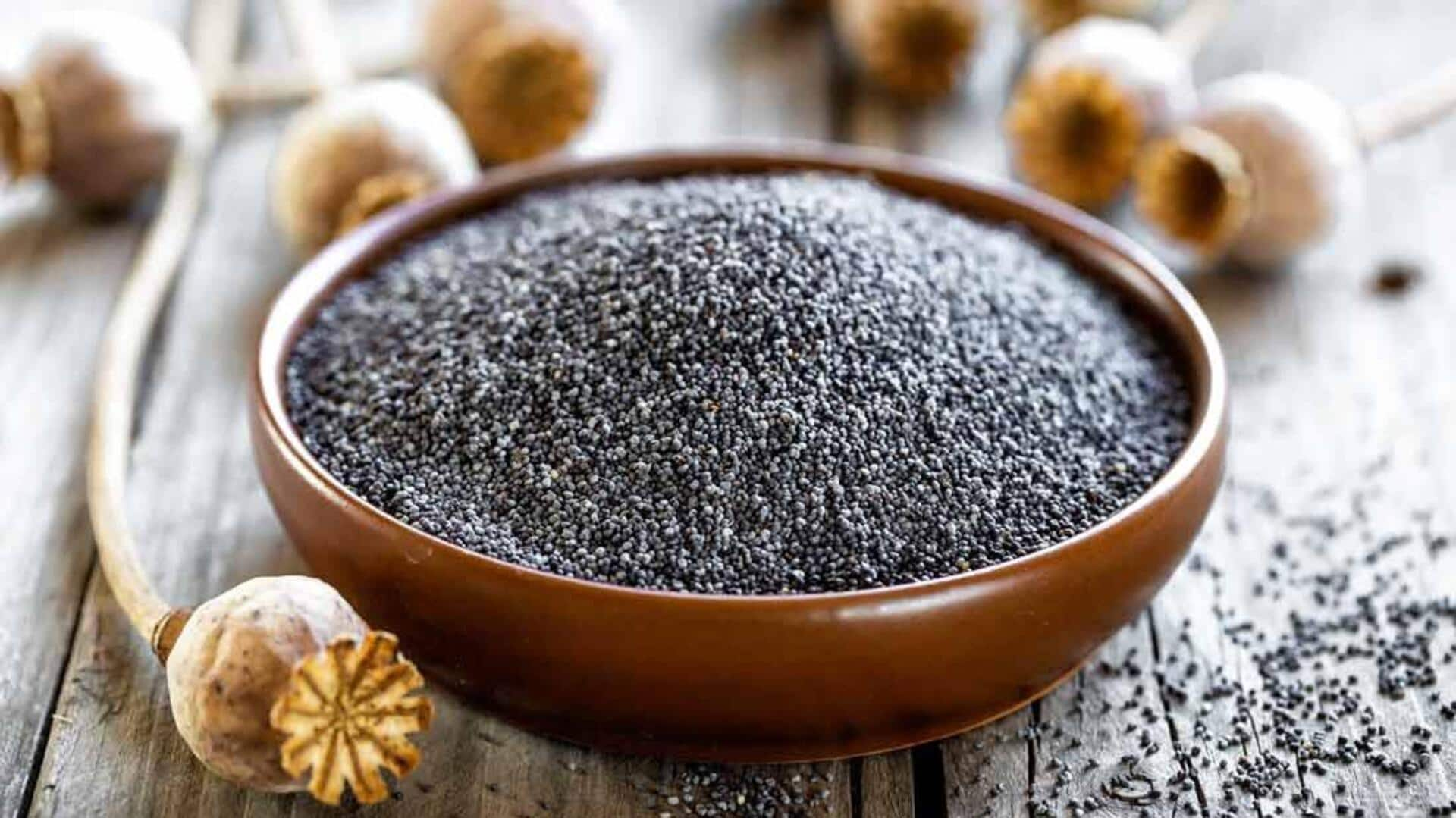
5 surprising ways to use poppy seeds in your meals
What's the story
Poppy seeds are small, oil-rich seeds obtained from the poppy plant. They've been a part of culinary traditions across the globe for centuries. With their nutty flavor and crunchy texture, poppy seeds can elevate a number of dishes. While they are commonly used in baked goods, here are some other creative ways to add them to your everyday cooking routine.
Salad topping
Enhancing salads with crunch
Poppy seeds can be an excellent addition to salads, adding a delightful crunch and subtle flavor. Just sprinkle some over your favorite salad mix to add texture and visual appeal. They go well with fruit-based and vegetable-based salads alike, complementing ingredients such as apples, oranges, cucumbers, and leafy greens. The small size of the seeds ensures they blend seamlessly without overpowering other flavors.
Sauce thickener
Thickening sauces naturally
Poppy seeds can also be used as a natural thickening agent for sauces and gravies. Ground into a fine paste or powder, they help you achieve the right consistency without changing the taste too much. This trick works especially well in creamy sauces where you want to keep the texture smooth while enhancing the flavor profile.
Bread ingredient
Adding flavor to breads
Another popular use of poppy seeds is incorporating them into the dough for bread. Whether sprinkled atop before baking or directly mixed into the dough, these tiny seeds bring an earthy note along with their flavor. They go well with different varieties of bread, including whole grain or sourdough ones.
Dessert addition
Creating nutty desserts
Poppy seeds can take desserts to another level by adding a nutty undertone that goes perfectly with sweet flavors. They work beautifully in cakes, muffins, cookies, and pastries when mixed into batters or used as toppings before baking. Their unique taste gives an interesting contrast against sugary elements like honey or chocolate.
Oil infusion
Infusing oils for cooking
Infuse oils with poppy seeds. This is another innovative way to use their flavor potential in cooking applications beyond direct consumption methods. This way you can explore their culinary versatility. It is the shift towards more creative and engaged cooking practices. Enrich your dishes with a depth of flavor that is both nuanced and distinct. You can experiment with traditional ingredients in novel ways.